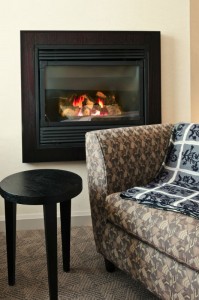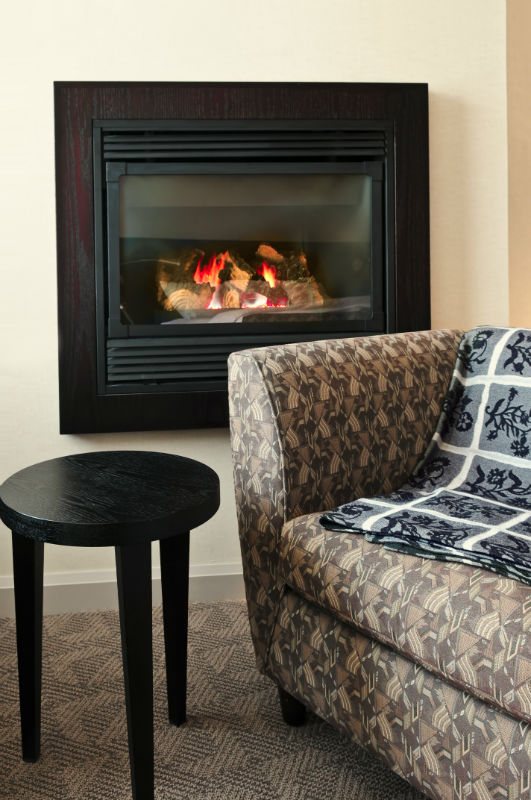 When the weather gets cold, many families look forward to settling down in front of a roaring fire, enjoying a cup of cocoa or a good book. Unfortunately, while fireplaces can be a source of warmth and comfort, they can also come with a number of issues.
When the weather gets cold, many families look forward to settling down in front of a roaring fire, enjoying a cup of cocoa or a good book. Unfortunately, while fireplaces can be a source of warmth and comfort, they can also come with a number of issues.
One of the main complaints homeowners have regarding their fireplaces is a decrease in efficiency. Although it can sometimes be difficult to determine why fireplaces are losing heat, the cause often comes down to one of several root problems.
Problem #1: Dampers
If you notice gusts of cold air or a whistling sound coming from your fireplace, your damper may be to blame. When your fireplace is not in use, the damper should be completely closed. Doing this prevents cold air from down-drafting and entering your home. If you are experiencing these issues even when the damper is closed, your damper may have lost its airtight seal. Dampers can be easily replaced but should be done so by a professional to ensure that they are properly fitted. Leaky dampers or those that are left open can cost hundreds of dollars in additional energy costs as furnaces work to compensate for the cold air being let in.
Problem #2: Open Doors
Many homeowners believe that they have to leave their glass fireplace doors open when the fireplace is in use. However, this is only true for homes that do not have tempered glass doors. If you leave your fireplace doors open, the warm heat from within the room may escape up the chimney, causing cold outside air to rush in to replace it. To prevent this loss of warm air, replace doors with tempered glass, which can be closed while the fireplace is in use. Likewise, installing a heat-air exchange system will allow the warm air created by the fire to still heat the room.
Problem #3: Uninsulated Chimneys
Chimneys without proper flue liners or insulation can accumulate large amounts of creosote, a highly flammable byproduct of combustion reactions. Likewise, without a flue liner dangerous gasses, embers, or sparks can affect other areas of the home. Having a properly lined flue will allow smoke and gasses to quickly and efficiently exit as well as protect your home from many of the corrosive byproducts in smoke.
Problem #4: The Wrong Firewood
Most homeowners never consider the fact that the fuel they use in their fireplaces may impact efficiency. However, choosing firewood that has not been properly seasoned [http://www.csia.org/homeowner-resources/how_to_select_firewood.aspx] can lead to most of the fires energy being used to evaporate the remaining moisture content of the wood. Instead of using freshly cut firewood, use wood that has been allowed to dry for at least six months. Doing this will create a fire that burns more efficiently, emits less smoke, and causes less creosote buildup.
Problem #5: Uninspected Chimneys
Having an annual chimney sweep and inspection can alert homeowners to any issues or damage that may be affecting the efficiency of their fireplace. Blockages in the flue or damage to the masonry can all impact fireplace performance.
If you have questions about how to help your fireplace burn more efficiently, contact Magic Broom today!

